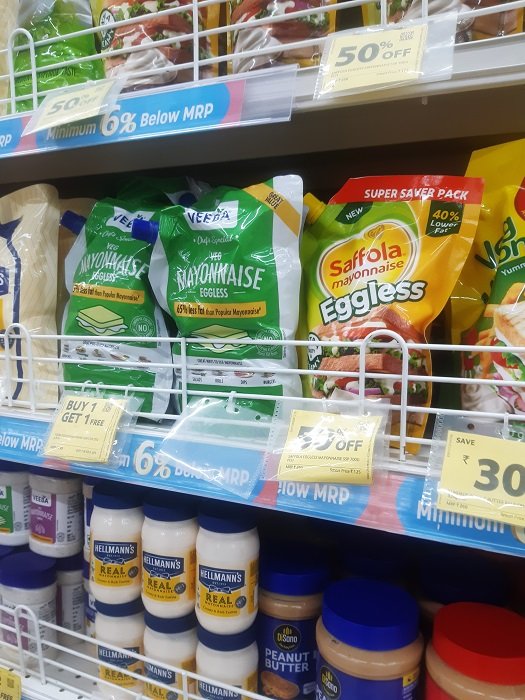A couple of months ago, Nestle’s condensed milk brand Milkmaid – always known for its great taste that lures children and adults alike, and the ubiquitous tin can – launched its mini pack in a pouch with a resealable cap format. Milkmaid was traditionally available in the 400-gram can – cumbersome to open till the shift to the ring pull opening mechanism on the metal lid.
Even then, storing it after opening and partial consumption was a challenge. You would have to finish it off quickly even if you needed a small quantity, because of the lurking danger of the product spoiling. So probably keeping the one-time user in mind, and the convenience of pouring it, Nestle launched the ‘easy-pour’ mini pack.
Perhaps, with a similar philosophy in mind, quite a few companies in the liquid food category such as juices, ready-to-drink beverages, ketchup, Asian sauces, mayonnaise, and even Indian chutneys and liquid dosa mixes, have taken to reclosable spouted pouches in a big way. The mini-packs are easy to pour and useful for short-run use. During a casual walk at a supermarket, these standup pouches with resealable caps caught my eye in the sauces and condiments department – mini pouches of 100 grams to 1-kilogram packs.
Ketchup and sauces that were earlier sold in glass bottles and rigid plastic containers are now giving way to these mini-packs. I spotted Veeba’s hot sweet tomato chili sauce and mayo, Mother’s tamarind chutney, the Maggi Pichkoo series of ketchup, Winggreens veg mayo and peri–peri ketchup, Homemade imli sauce by Dabur, Delmonte’s tomato ketchup, Ching’s Asian sauces, Paperboat’s range of ready-to-drink beverages that have been around for years, and a host of other products. Although I am mainly sticking to the foods category, the spouted standup pouches can be prominently seen in the detergents, handwash, and personal care segments too.

Though the bigger pouches with caps have been available for quite some time now, the influx of the smaller packs seems to have picked up in a big way more recently. The Paharpur 3P website defines a spouted pouch as one with a small opening with a screw cap, which allows users to use it again and again and screw the cap back on when storing. It eliminates the need for another container for storage and reuse. Paharpur 3P is one of the biggest providers of spouted pouches.
According to market research firm IMARC, the global spout pouch market size reached US$ 25.2 billion in 2023. Looking forward, IMARC expects the market to reach US$ 45.1 Billion by 2032, exhibiting a growth rate (CAGR) of 6.5% during 2024-2032.
The proponents of pouches also vouch for their ‘environment-friendly’ features – they are thin and lightweight and need less plastic than a rigid bottle; transportation and storage are easy, less water is used in their manufacturing, they reduce the burden at landfills and increasingly some of these claim to be recyclable. These are liquid-friendly, convenient, easy to pour, and versatile as they are made using flexible packaging, with properties that help extend the shelf life of the products inside as these can be manufactured with high-barrier films and laminates.
Despite the advantages, in India, where waste collection and segregation is a huge challenge and civic sense is not praiseworthy, these small packs could be a potential litter issue and hazard in waste collection and segregation. Perhaps common formats using recyclable material and barriers could be standardized for several types of applications such as aggressive food products like condiments and sauces. This would create recognizable value for waste collectors and make segregation easier for recycling streams. This is something for brands to collectively discuss and consider, since these reclosable pouches are emerging as a key challenger to rigid bottles, and have gained popularity amongst the brand owners and consumers alike.











